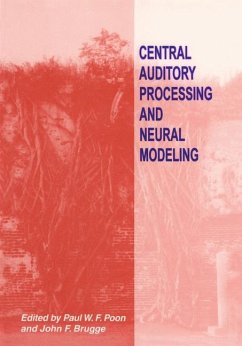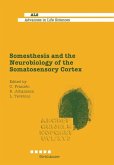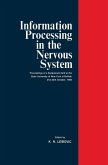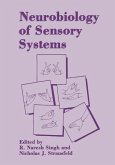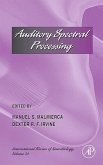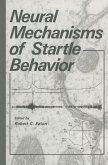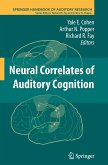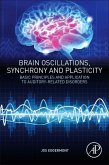The full power of combining experiment and theory has yet to be unleashed on studies of the neural mechanisms in the brain involved in acoustic information processing. In recent years, enormous amounts of physiological data have been generated in many laboratories around the world, characterizing electrical responses of neurons to a wide array of acoustic stimuli at all levels of the auditory neuroaxis. Modern approaches of cellular and molecular biology are leading to new understandings of synaptic transmission of acoustic information, while application of modern neuro-anatomical methods is giving us a fairly comprehensive view ofthe bewildering complexity of neural circuitry within and between the major nuclei of the central auditory pathways. Although there is still the need to gather more data at all levels of organization, a ma jor challenge in auditory neuroscience is to develop new frameworks within which existing and future data can be incorporated and unified, and which will guide future laboratory ex perimentation. Here the field can benefit greatly from neural modeling, which in the central auditory system is still in its infancy. Indeed, such an approach is essential if we are to address questions related to perception of complex sounds including human speech, to the many di mensions of spatial hearing, and to the mechanisms that underlie complex acoustico-motor behaviors.
Bitte wählen Sie Ihr Anliegen aus.
Rechnungen
Retourenschein anfordern
Bestellstatus
Storno

